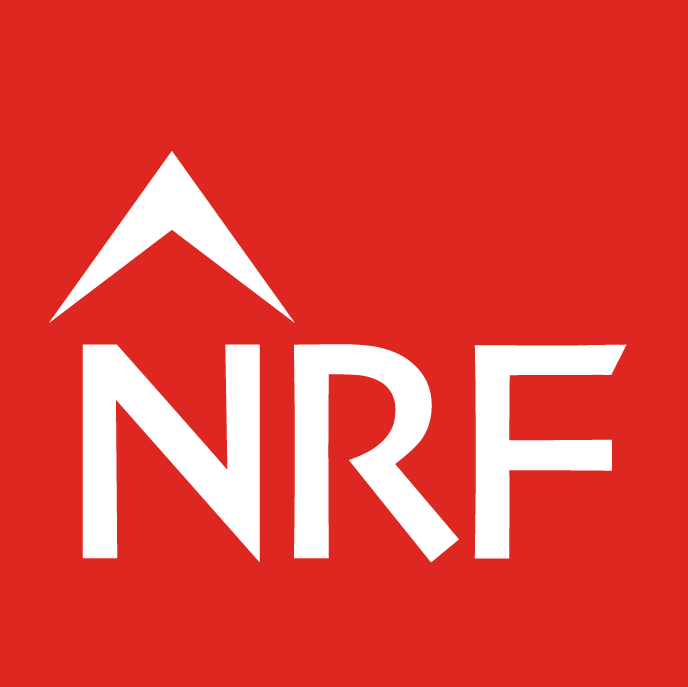
Next Course - Dim Sum LoansNext Course - Dim Sum Loans
China | Publikation | Juni 2024
The growing appetite for Dim Sum loans
It has come to the attention of many that the volume of outbound Renminbi (RMB) lending, sometimes known as Dim Sum loans, has been rising steadily and multiplied in recent decades. This trend is not only a product of market dynamics but is also associated with Chinese policy initiatives such as the "going out policy" and the internationalisation of the RMB.
As part of these efforts, the People’s Bank of China ("PBOC") and the State Administration of Foreign Exchange ("SAFE") jointly issued the Notice on Offshore Lending Business of Banking Financial Institutions ("Notice 27") in February 2022. It marked the first unified rule supporting PRC banks in advancing RMB loans to foreign entities, while explicitly encouraging them to grant facilities in RMB instead of foreign currencies to offshore borrowers.
Since the issuance of Notice 27, there has been a notable rebound in RMB loans following the pandemic-induced slowdown, accompanied by a growing pool of offshore yuan in key financial centres such as Hong Kong, Singapore, and London.
Why should you choose Dim Sum loans?
For offshore borrowers: cheaper finance
The policy preference for RMB loans translates into cheaper finance, as PRC banks can offer more competitive rates compared to loans in foreign currencies. This advantage is particularly appealing in the current scenario, where the Federal Reserve's aggressive rate hikes contrast with China's central bank's easing of monetary policy, leading to a widened gap in key loan benchmarks.
For onshore lenders: policy preference & exposure in global market
The policy preference, as outlined in Notice 27, provides incentives to domestic banks to lend in RMB by adopting additional weighting of foreign currency loans when calculating offshore lending quotas. Additionally, the compelling low-interest RMB loans provide a strategic channel for PRC lenders to integrate into the global financial market and increase exposure in international syndicated loans and across various industries.
For offshore lenders: risk diversification
Including RMB loans in the financing structure typically attracts the participation of PRC institutions, which enhances risk diversification for offshore lenders.
What did we observe?
The trend towards Dim Sum loans is not theoretical - we have witnessed first-hand an increasing number of companies and lenders taking advantage of the policy and engaging in Dim Sum loans. Even sectors traditionally dominated by foreign financial institutions are now exploring engagement with PRC onshore financing participants.
In our practice, we have assisted our client in benefiting from the higher level of flexibility associated with Dim Sum loans. Among the transactions we have facilitated recently, one attracted global media attention as the first multi-currency syndicated loan in the Hong Kong market. This pioneering transaction, denominated in US dollars, offshore RMB, and onshore RMB, aimed to optimise liquidity from both offshore and domestic RMB sources, thus enhancing fund utilisation efficiency.
However, it is essential to note that the participation of PRC banks in such transactions subjects the syndicate to PRC regulation, thereby imposing limitations on commercial arrangements. We are closely monitoring whether PRC regulators will consider further relaxation of policies, potentially opening up opportunities for financial innovation and collaboration on the global stage.



